Can integrated education finally bring peace to Northern Ireland?
A Nobel peace prize nomination for the schools breaking Northern Ireland’s barriers could accelerate the reconciliation the nation sorely needs, writes Adam McGibbon
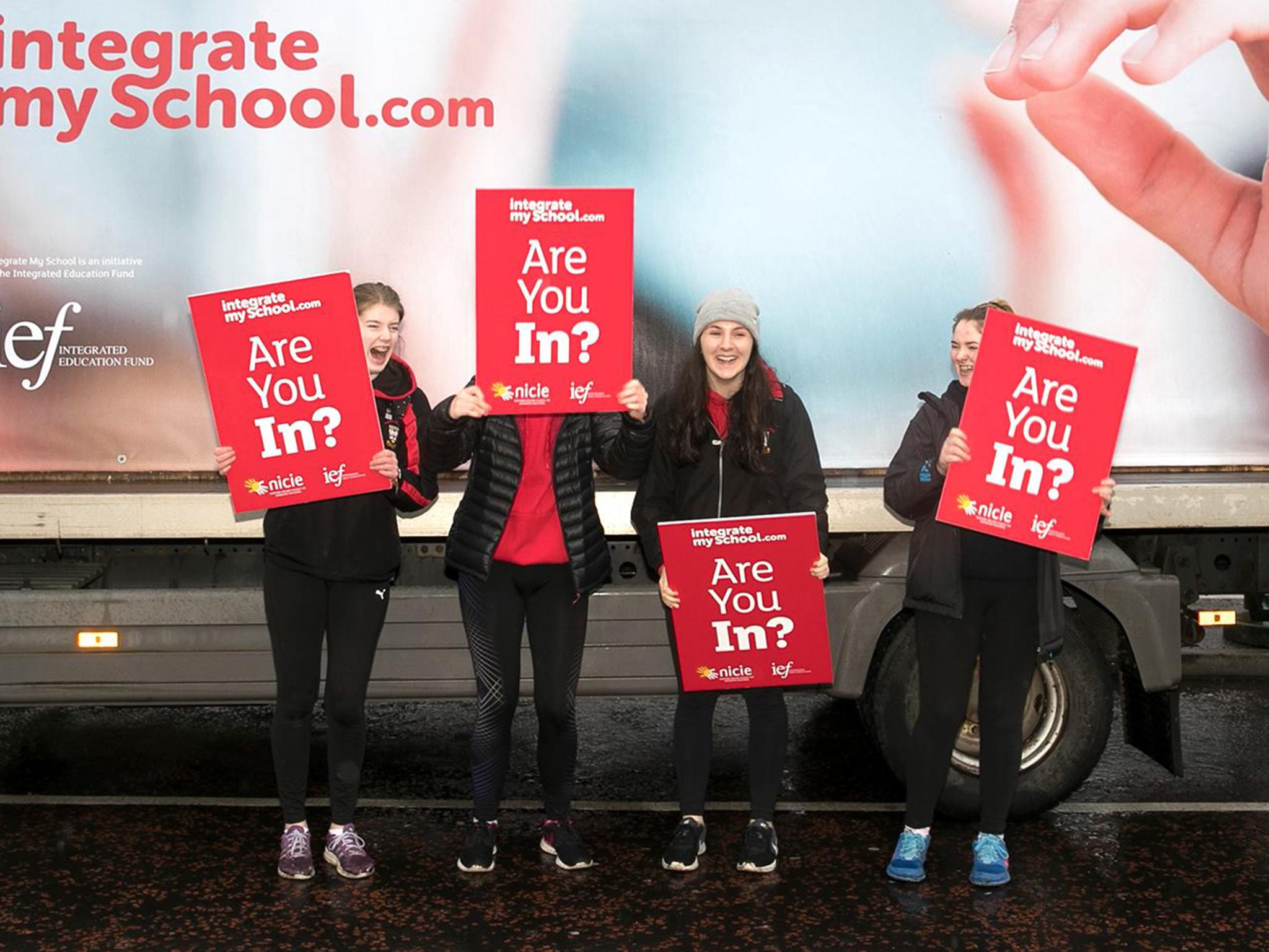
On a rainy evening last month, a crowd of invited guests in north London’s Big Sky Studios celebrated a milestone in the struggle for lasting peace in Northern Ireland.
It is a story of hope when hope is in short supply. Northern Ireland’s power-sharing government collapsed in January 2017 over alleged corruption in a government-run energy scheme. October 2019 marks 1,000 days without an administration. Progress on peace and reconciliation – glacial as it was when the Northern Ireland Executive was running – is in danger of going into reverse. Architects of the 1998 Good Friday Agreement peace deal describe the situation as leaving Northern Ireland in a “dangerous moment”. The murder of a young journalist by the self-styled “new IRA” this year and the real prospect of a Brexit-imposed hard border between the North and the Republic of Ireland, leaves many feeling hopeless.
But there is a movement – one that has campaigned through Northern Ireland’s darkest days – that shows how only people power can change the situation, and points to a better future.
For decades, the integrated education movement has fought to break the malign system of segregated education, where Catholics and Protestants go to school separately. Under this system, it’s possible to go from birth to age 18 without ever having a serious conversation with someone from the opposite community. Even in 2019, 93 per cent of Northern Ireland’s children attend schools that are either Catholic or Protestant. The corrosive nature of educating children separately – from nursery school all the way to sixth form – in a deeply divided society cannot be underestimated. This continuing division remains one of the key barriers to building a truly post-conflict society.
The segregation is not only socially damaging, it’s expensive too. The state spends hundreds of millions administering separate schooling systems, education authorities and teacher training colleges.
The integrated education movement has fought to establish a better way – where Catholics, Protestants and neither are taught under the same roof, and given a deep education on respecting difference and on the need to move beyond conflict. And now, two of the main organisations fighting for integrated education – the Integrated Education Fund (IEF) and the Northern Ireland Council for Integrated Education (Nicie) have been jointly nominated for the Nobel peace prize.
The assembled crowd at Big Sky Studios were there to mark the occasion, ahead of the announcement on Friday 11 October. Regardless of the outcome of the Nobel ceremony, it’s clear that just being nominated for the award has been a major boost for the integrated education movement, and significant recognition of decades of effort.
Liam Neeson, a prominent supporter of integrated education in his native land, sent a congratulatory video message from a film shoot in New Mexico. India Fahy, a past student of an integrated school in Omagh, shared her story of the positive impact integrated education has had on her life, and the education in respect and reconciliation that she received.
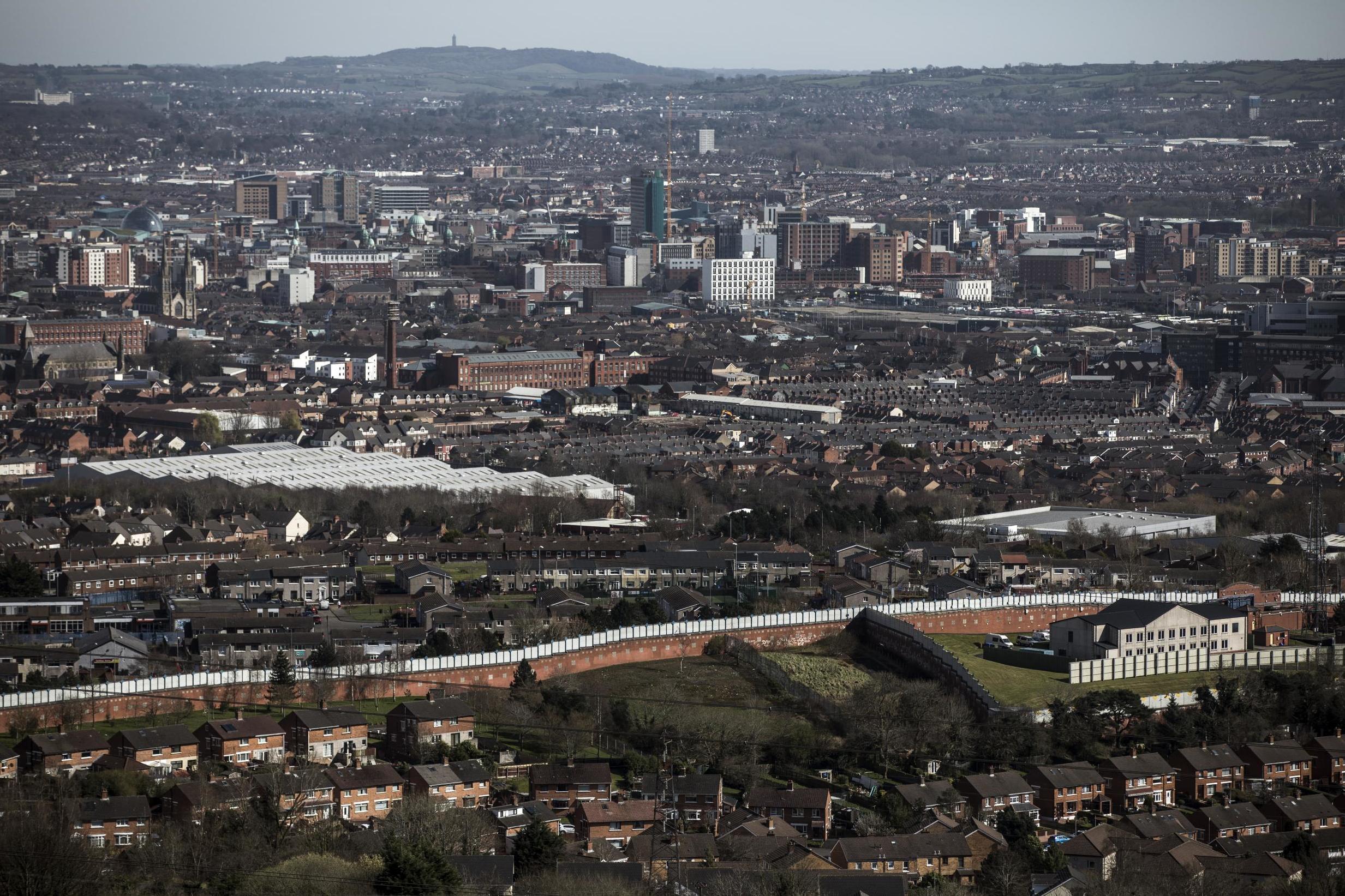
Baroness May Blood, the veteran Northern Irish trade unionist, campaigner and former member of the House of Lords, gave the keynote address. While Northern Ireland now has many visitors, (“We got 1 million tourists last year. I remember a time when you couldn’t even get the bin men! Northern Ireland simply shut down after dark.”), the tourist attention is largely just a “facelift”, in her words, and big divisions remain under the surface.
We knew from polling that there was a lot of support out there for integrated education. But there was a lack of awareness amongst parents that they could transform their schools … We get a lot of parents surprised saying ‘I didn’t realise there was so much support in our school for going integrated’
One of the solutions to the impasse is integrated education, Blood told the crowd. She spoke of the early days of the integrated education movement, in the late 1970s and 1980s. “The people who founded the first integrated schools – they took real risks.”
She was not exaggerating. Throughout the Seventies, the All Children Together (ACT) campaign had fought for integrated education at a time of total segregation. All Children Together argued that ending division in education would be a powerful response to the then-raging conflict.
Faced with outright government hostility to the very idea of educating Catholic and Protestant children together, ACT supported a small group of parents with children about to leave primary school, who took matters into their own hands.
In September 1981, amid the IRA hunger strikes and chaos on the streets, they founded the first integrated school, Lagan College, named after the river that runs through Belfast. They did so with no money, and without a permanent building. The pioneering school began in a south Belfast scout hall, pledging to educate all religions, all backgrounds, all classes, together.
The school’s first day was dramatic. Armed police at the school’s gates warded off hardline protesters who didn’t want the Lagan College experiment to work. With just 28 pupils and no state support, the school ran on donations from supporters. All Children Together had just £36.11 in the bank when Lagan started.
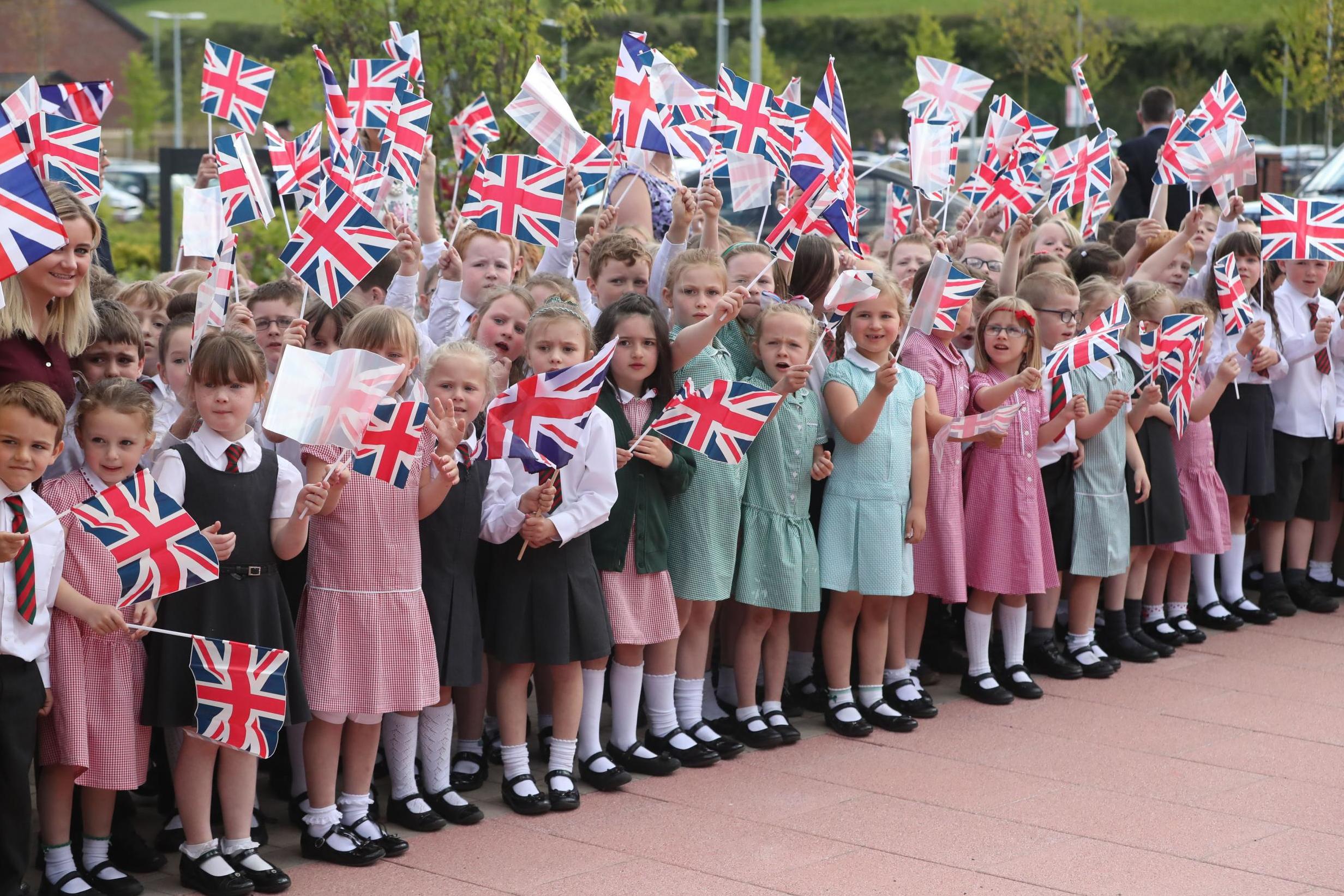
From those small, fragile origins, Lagan College is now an oversubscribed all-ability school with 1,200 students, government funding and permanent buildings. More than 60 other integrated schools have been established – and not a single one planned by the government. Each and every integrated school in Northern Ireland has come about because of the integrated education movement, although the state now provides funding for integrated schools that can prove they are viable.
The parents were absolutely delighted. They’re so excited about being able to welcome everybody. This should be normal. At some point in the future, this just might be how it is in every school
All of this was achieved despite vicious headwinds. Politicians, among them future Northern Ireland first minister Peter Robinson, were strongly opposed to Lagan College. Teachers who went to work in integrated schools were ostracised by former colleagues. One prominent Catholic priest even claimed integrated schools were a “dirty political trick” by the British government to undermine Catholic schools. Lagan College teachers arrived one morning in the early years to find that every window in the school had been broken.
“We’ve got 22,000 pupils in integrated education now,” Blood told the crowd. “We know that’s not enough. Integrated schools are popular and they’re for everyone – we turned away 1,400 pupils from integrated schools this year.”
The movement won’t stop until every child in Northern Ireland has the chance to have an integrated education. And the IEF have plans to make that a reality. The IEF was set up primarily to provide the funding needed to set up an integrated school, to bridge the gap before government funding was obtained. But two years ago, they launched an ambitious new campaign – Integrate My School.
The campaign centres around a rarely-used 1978 law, the Dunleath Act, which allows existing segregated schools to undergo “transformation” into integrated schools – if the parents of the school’s pupils vote in favour of it. Some schools had taken this approach before, but nobody had run a campaign to make this happen on a mass scale. The IEF began working with parents and teachers to transform their schools through parental ballots.
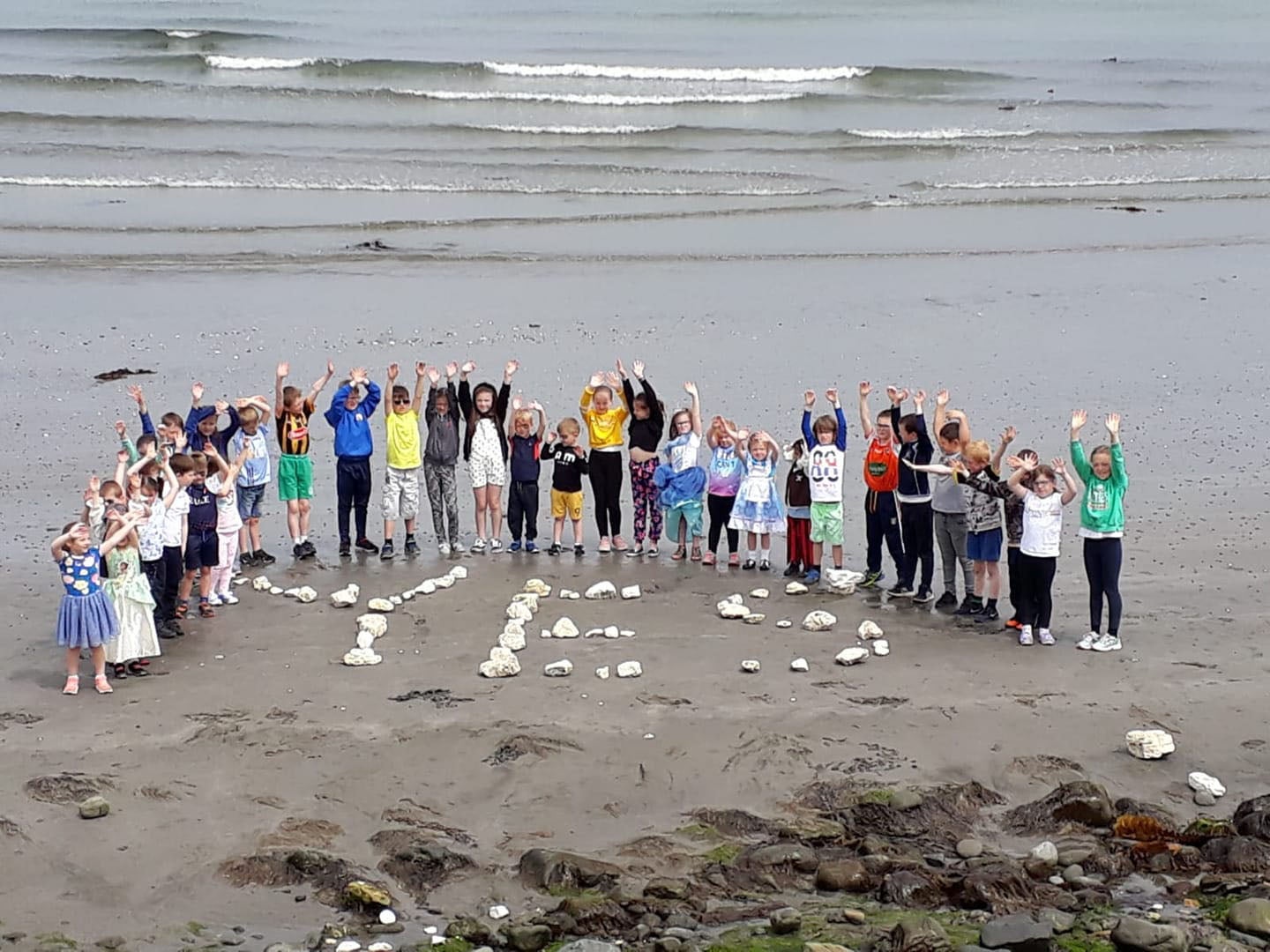
“We knew from polling that there was a lot of support out there for integrated education,” says Paul Caskey, IEF campaign director. “But there was a lack of awareness amongst parents that they could transform their schools.”
The idea that two kids that think completely different about the future of this place, can go to school, sit beside each other, be best of friends but disagree – that is why these kids are the future. The fact that (integrated education) is less than 10 per cent of the education here – I mean come on, if we want to change this place, there has to be more of this
The Integrate My School campaign has tapped into a latent groundswell of support for integrated education, with the IEF allowing parents to register their interest on the website, working with them to get the numbers needed to start conversations and launch a parental ballot. “We get a lot of parents surprised saying ‘I didn’t realise there was so much support in our school for going integrated’,” Caskey says.
The results of the campaign are starting to bear fruit. So far this year, seven schools, from both Catholic and Protestant traditions, have voted to become integrated schools, with resounding majorities in favour.
One of these schools is Carrick Central Primary School, just north of Belfast. Carrick Central is a Protestant primary school, located in a largely Protestant working-class area. When the school’s principal, Nuala Hall, arrived there in 2015, she never believed Carrick Central would become integrated. But in February this year, 86 per cent of parents voted to transform the school into an integrated school. “The parents were absolutely delighted,” she says, with obvious joy in recalling the occasion. “They’re so excited about being able to welcome everybody. This should be normal. At some point in the future, this just might be how it is in every school.”
On the other side of the divide, Seaview Primary School in the seaside town of Glenarm became one of the first Catholic schools to vote to become an integrated school. The IEF assisted parents and teachers to set up their campaign. Parents signed other parents up as supporters. The whole community become involved in conversations. On a sunny day in June this year, with local TV cameras rolling in the playground, Seaview’s principal, Barry Corr, announced that the parents had voted 95 per cent in favour of the school becoming integrated.
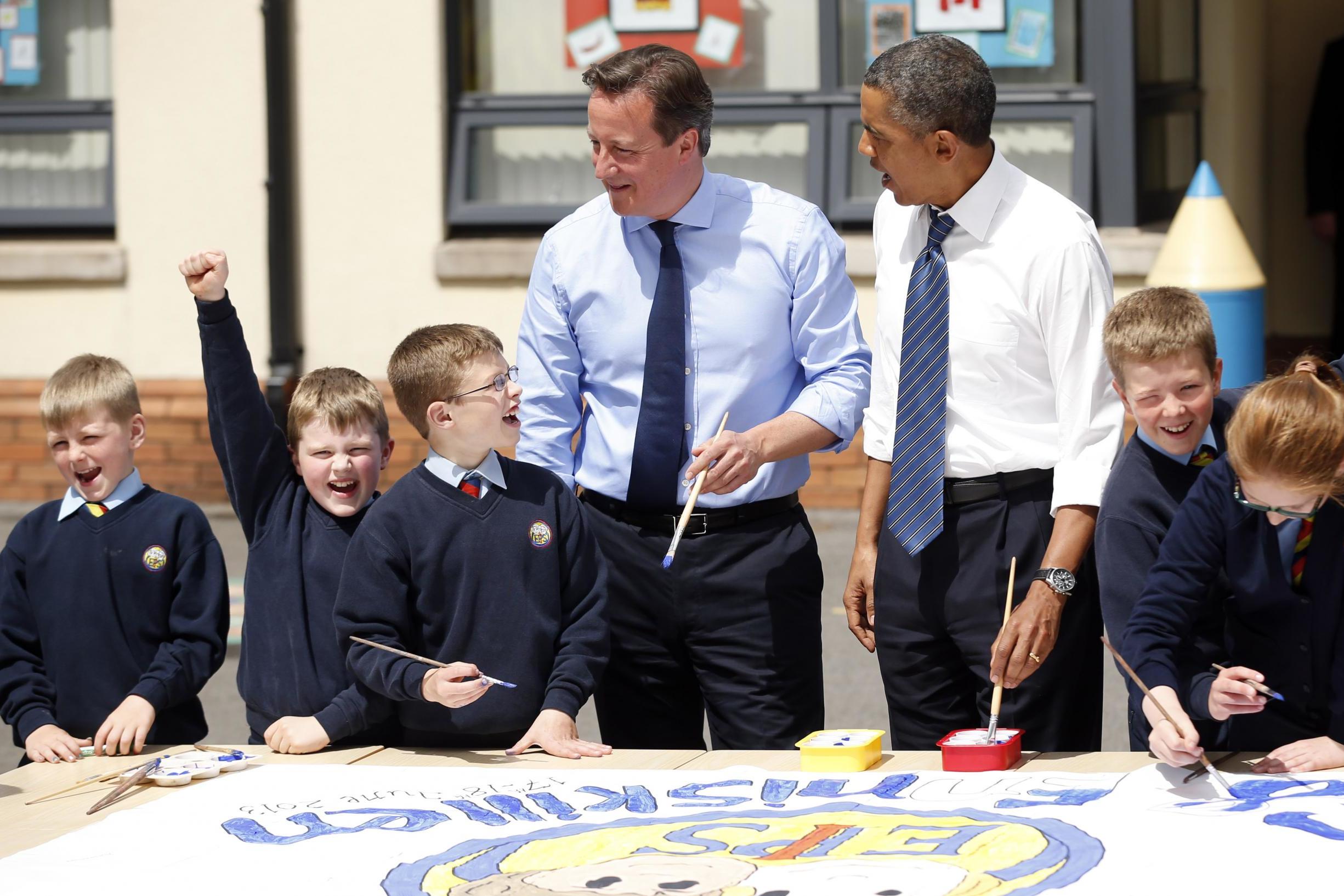
“So many schools voting to integrate so suddenly – it shows that the fear has gone,” says Hall.
The IEF’s campaign is bearing fruit, bypassing politicians and going straight to parents and local communities to create integrated education. The IEF is currently talking to around 40 other schools, showing the potential for mass transformation. In a situation where there hasn’t been a government in Northern Ireland for nearly three years, a campaign that doesn’t rely on stubborn politicians to effect change is powerful.
I honestly think that the all-inclusive nature of integrated schools can accelerate the reconciliation which Northern Ireland needs. For healing division, nothing can substitute the power of friendship
The integrated movement is also developing another powerful tactic. In 2013, an IEF staff member encouraged some past pupils of integrated schools to attend fundraising events in London to tell their story of how an integrated education had benefited them, and how further integration could benefit Northern Irish society. This developed into a bigger idea: what if the IEF could work to organise some of the tens of thousands of pupils who have been to integrated schools since 1981? Where were they now? What were they doing in the world? Could they be organised into a campaigning force?
Treasa Harkin, a 29-year-old technology consultant who attended Derry’s Oakgrove Integrated College, was one of the early movers in what has become Integrated Alumni, a registered charity in its own right, campaigning for integrated education by giving a voice to former pupils, who are, in many ways, integrated education’s best ambassadors.
Harkin recalls: “It was clear that we were on to something powerful. We had a unique voice as essentially the products of integrated education.” In the past few years, Integrated Alumni has grown and grown, and now has more than 200 members in major cities in the UK and Ireland.
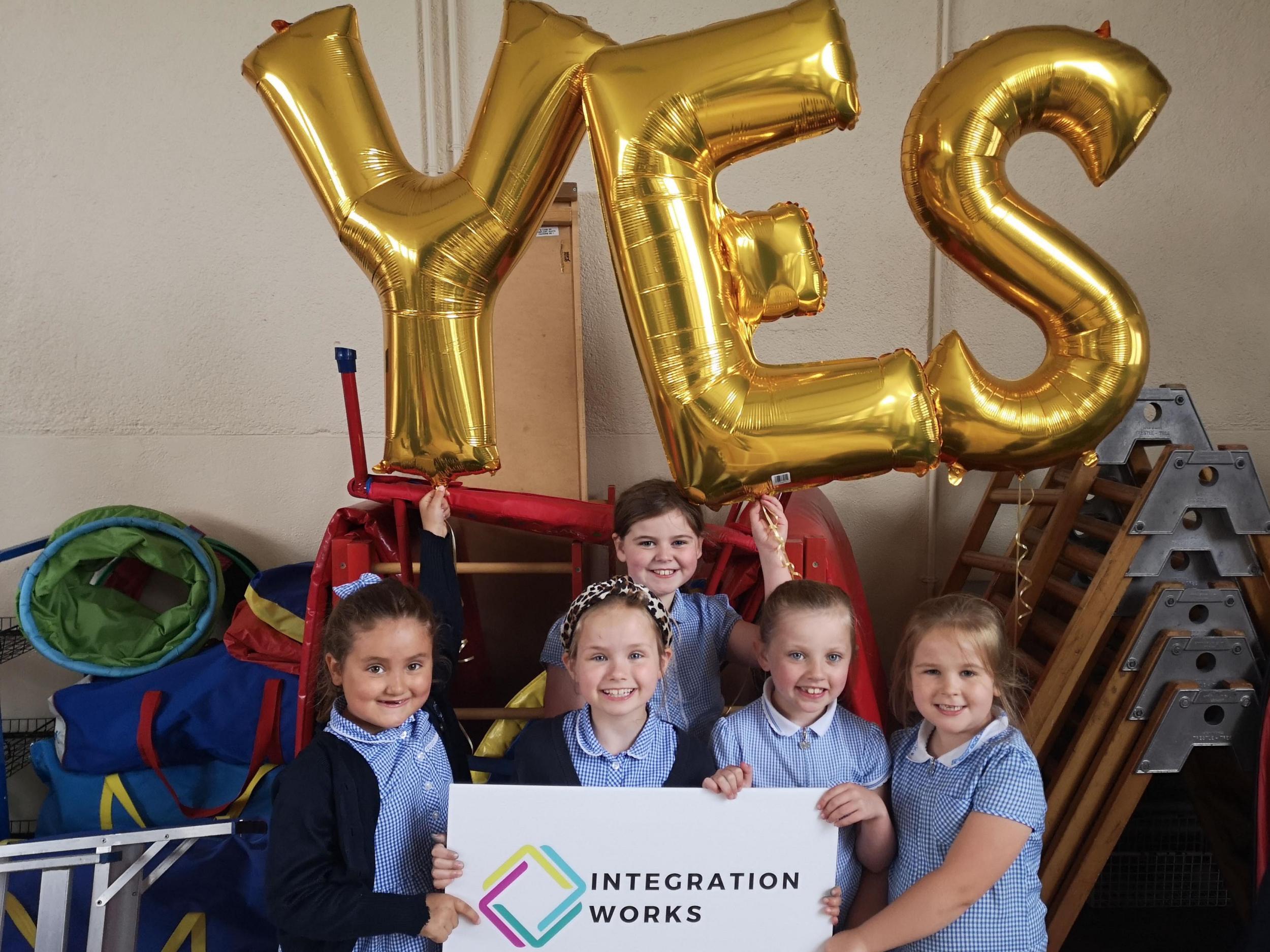
Hillary Copeland, 33, is chair of the board of Integrated Alumni. She is an alumnus of New-Bridge College, a now-thriving integrated secondary school in County Down. When Copeland arrived in 1997, the school had been established only two years earlier. “There is a photograph hung up in the school of the first principal and board of governors standing in a field of barley on 16 August 1995 – the school was due to open in September but the farmer who owned the field where the school was going to be wanted to do the harvest first! There were no past pupils – none of us had left yet.”
Copeland’s first year at New-Bridge was a turbulent one – there were riots all across the province sparked by the Drumcree dispute. New-Bridge is situated a short drive away from Portadown, the heart of the Drumcree strife. Copeland now works in the art sector and believes that it can have a key role in helping to resolve the conflict. “It’s not a coincidence I was drawn into reconciliation work after going to an integrated school.”
We’ve got 22,000 pupils in integrated education now. We know that’s not enough. Integrated schools are popular and they’re for everyone – we turned away 1,400 pupils from integrated schools this year
Last month, Copeland represented Integrated Alumni in an address to a joint committee of the Irish parliament on the implementation of the Good Friday Agreement. By sharing their stories of integrated education, Integrated Alumni are helping to develop an organised political constituency pushing politicians to do more to support integrated education.
Integrated Alumni also carries out an annual roadshow called Back To School, where they return to integrated schools and speak to hundreds of current pupils about their experiences, encourage them to be proud of going to an integrated school and, crucially, recruit new members to their growing ranks. Their Listen Up lobby events targeting the north’s politicians are helping to build pressure for political parties to get behind integration. The power of their personal stories can change minds and force decision-makers to listen. As Fahy, Harkin and Copeland tell their stories, it could blow open doors and break down barriers in a way that a thousand statistics could not. The power of organising this, to have thousands of successful products of integrated education telling their stories, could be greater than the sum of its parts.
This is crucial when there is an undercurrent of opposition from some of the north’s main parties to integrated education. Some in the integrated movement privately believe that many politicians fear that they have something to lose from an end to division, and that segregation has benefited politicians who play on the worst aspects of human nature. But a scene from Belfast-born comedian Patrick Kielty’s 2018 documentary My Dad, The Peace Deal, and Me shows the true huge promise of integration and the fundamental difference between integrated schools and segregated schools. Integrated education is not about all being the same – it’s about respect for difference.
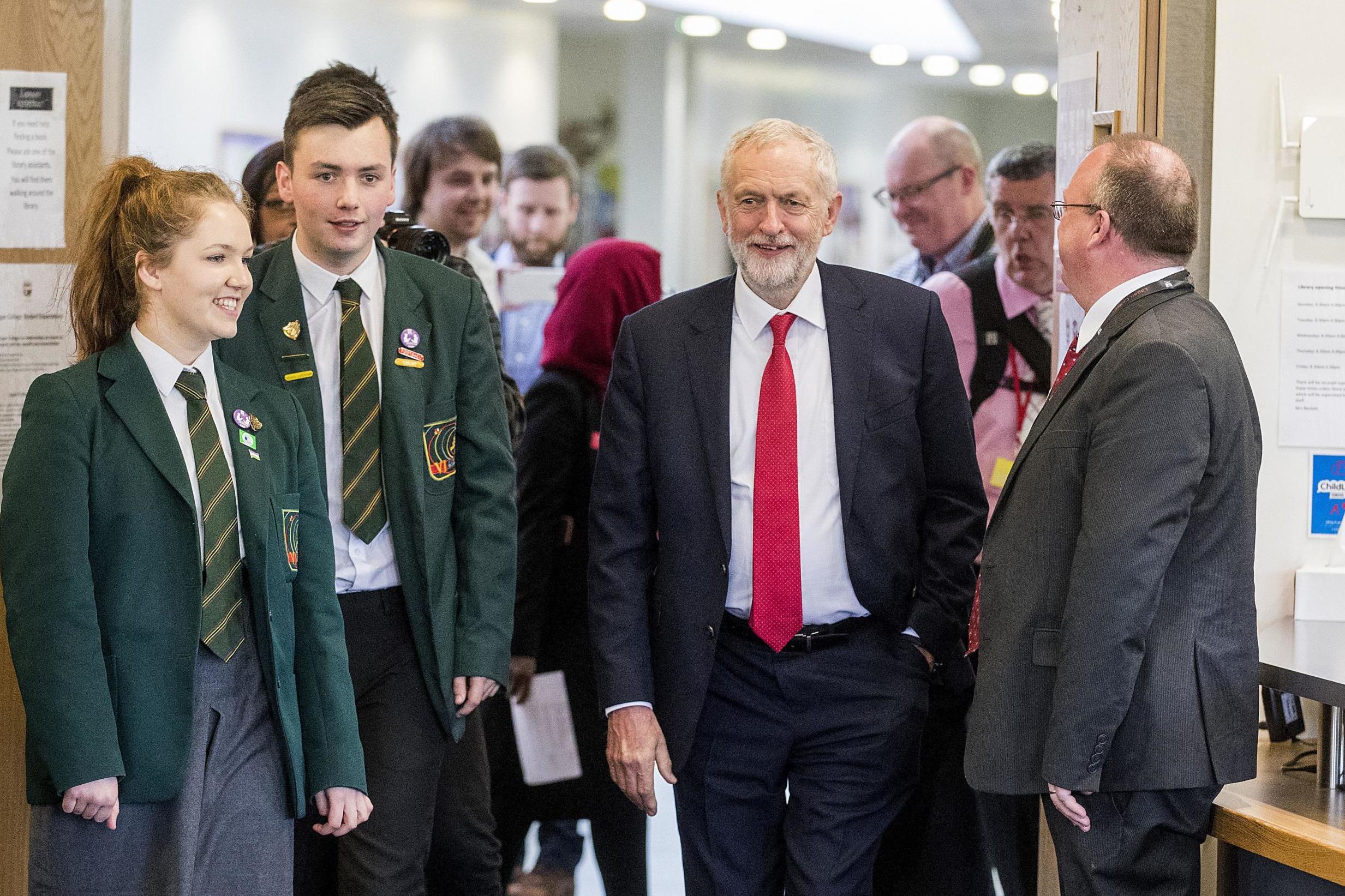
Kielty, who uses the programme to explore the north’s past and future through the lens of his own family’s trauma, sat down with pupils from Shimna Integrated College, a school founded on the day of the first IRA ceasefire in 1994. He was amazed to find students who identified as unionists, nationalists and other calmly discussing issues and ideas that people have killed over. He said: “The kids at Shimna College surprised me… the idea that two kids that think completely different about the future of this place, can go to school, sit beside each other, be best of friends but disagree – that is why these kids are the future. The fact that (integrated education) is less than 10 per cent of the education here – I mean come on, if we want to change this place, there has to be more of this.”
There is still opposition to overcome. Despite support from individual church officials, the Catholic church and Protestant denominations as a whole continue to have a sceptical attitude towards integrated education. The IEF supported an integrated school that successfully sued the Department of Education in 2014, after the department refused to let the school expand. The CCMS, the body representing Northern Ireland’s Catholic schools, lobbied the department to end its legal duty to promote integrated education – which the integrated education movement would argue is not being fulfilled. But a growing movement could overcome government and religious opposition.
This movement is going places. Integrated education is a vital part of any lasting peace in the north. The combination of empowering parents to vote to integrate existing schools, and harnessing the political power of past pupils could be huge. The amount of schools voting to integrate could snowball in the near future as parents find their confidence.
Crucially, progress on integrated education could unlock further progress in this deeply divided society. The towering problems of segregated housing, of “peace walls” that divide communities and the faltering attempts to bring healing to victims, could all seem much less insurmountable with the confidence that a surging integrated education movement could bring.
Harkin is optimistic about the movement’s future. “I honestly think that the all-inclusive nature of integrated schools can accelerate the reconciliation which Northern Ireland needs. For healing division, nothing can substitute the power of friendship.”
Join our commenting forum
Join thought-provoking conversations, follow other Independent readers and see their replies
Comments